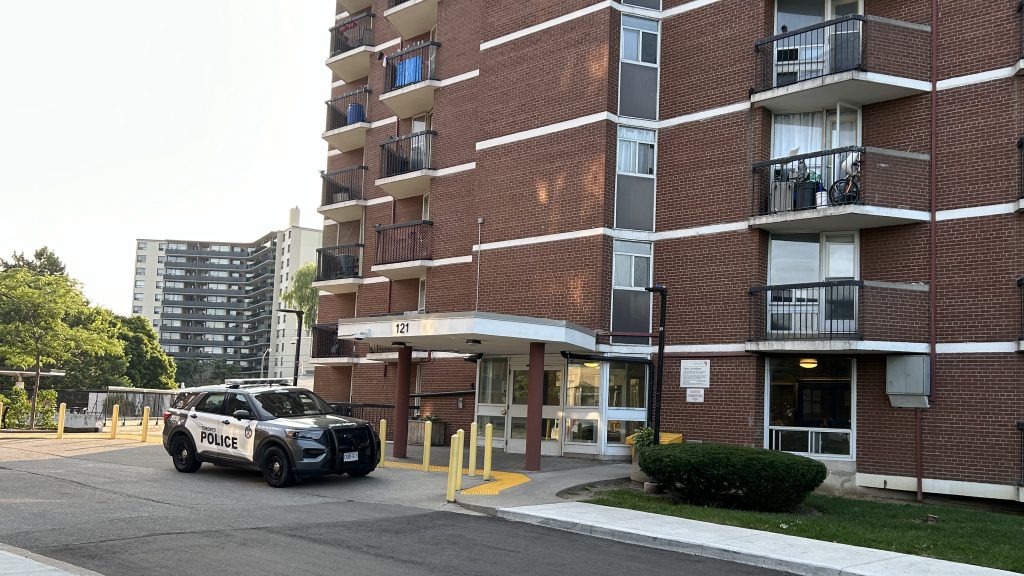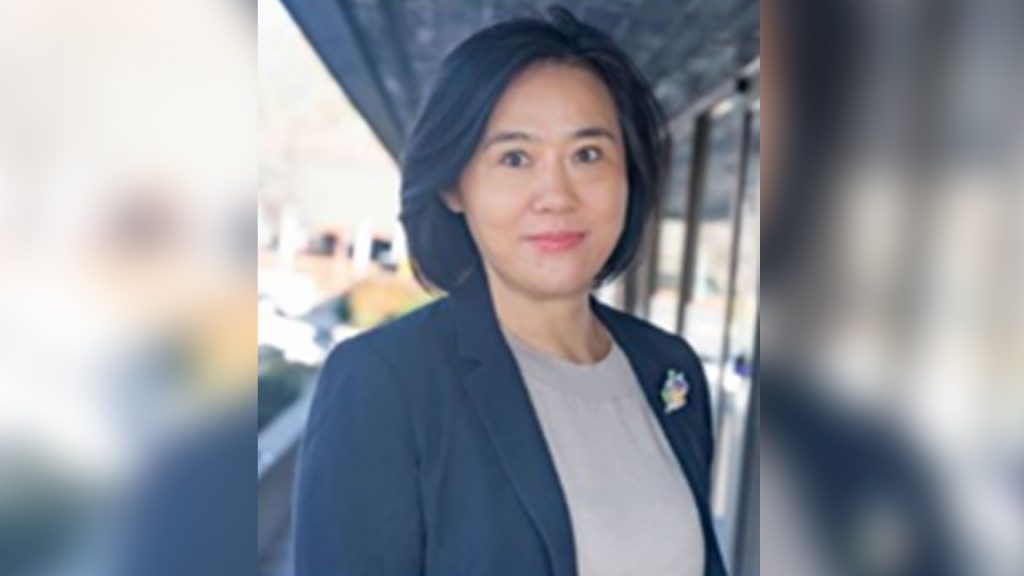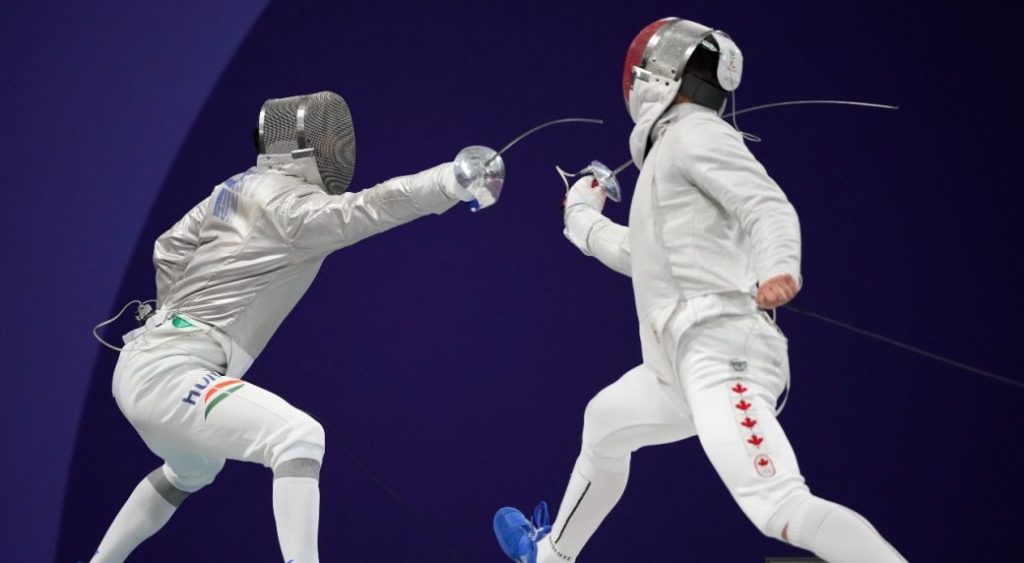Theatre performers say Canadian theatre is ‘predominantly white’
Posted August 14, 2020 7:02 am.
Last Updated August 14, 2020 1:02 pm.
As with companies and industries of all stripes, the theatre industry in Canada has had to take a hard look at systemic racism in the field and its impact on people of colour (POC), both on and off the stage.
Many consider the Canadian theatre landscape to be “predominantly white” and POC have to find their way around that systemic obstacle to work and be successful in the industry.
“Racism and theatre go hand in hand for me,” says Qasim Khan, who currently works with the Stratford Festival.
Khan is a theatre, film and TV actor raised in Newmarket. He says, as South Asian actor, he learned early on that dealing with racism was a given in his chosen profession.
“My experience of theatre was immediately connected to racism as far back as my first year of theatre school, so it’s a thing I accepted as a normal occurrence and part of what I’m going to negotiate if I want to have a career in theatre, which I do,” he says.
Qasim says he feels there exists in Canadian theatre a “strange obsession” with the identity of artists.
“We like talking about everyone’s background, we like talking about everyone’s culture and for some of us, that’s complicated,” he says, explaining that his parents moved to Canada from Pakistan and settled in Scarborough. After he was born, they moved to Newmarket, where he grew up.
He says he was raised with white people, in schools filled with white people and how he speaks and carries himself has largely been informed by that.
“So when I came to theatre school, for the first time in my life it was pointed out to me that I was different. There was a desire to kind of exoticize my skin colour, my name, my family’s background in order to create some kind of interesting content for the stage,” he says.
While navigating the industry, Qasim says the overt acts of racism are somewhat easier to deal with because they are tangible incidents and how they are harmful can be easily identified and defined.
He shared one such instance that occurred soon after 9/11 in 2001.
“The director, the very last thing he said to me before I left the room was ‘Qasim is there any reason you wouldn’t be able to board a flight to the U.S. or is there any problem with your passport?’ — and then I didn’t get that job,” he says, explaining that it’s easy to pinpoint that kind of macro-aggression.
But he says it’s the systemic racism that prioritizes white voices and white audiences, which is simply considered normal, that is more difficult to call out. It needs to be dismantled before progress can be made.
While Qasim says centering different voices and producing culturally specific works would help build audiences, he believes the Canadian theatre system isn’t “equipped to handle bringing in more diverse voices as it stands right now.”
“There’s considerations that need to be made depending on what the content of the play is, who is involved, there’s different sensitivities. Some cultural practices can’t fit into the structure of how we rehearse things — the timing of it,” he says.
Qasim also feels that in order to do more culturally specific work, it is important to recognize and remove the exoticizing of non-white cultures from the collective theatrical vocabulary.
Himanshu Sitlani, a theatre professional from Mumbai, India, also feels that Canadian theatre, in its current state, is solely focused on white stories and white audiences.
“In the 10 years that I’ve been in Canada, of all the open auditions I’ve applied for, I’ve been called for one,” he says.
Himanshu says in his experience, “open castings” in Toronto that call for diverse people, aren’t actually very open at all. He adds that rejection is acceptable, but not being given the opportunity to enter the room at all is very frustrating.
“At some point I thought it was a mistake with my resume and I started to follow them back to find out what they were actually looking for. Over 95 per cent of them turned out to be an all white cast,” he says.
Himanshu feels the intrinsic bias in the industry leads to an over representation of white stories on Toronto’s theatre stages.
“You’re basically alienating a big section of Toronto, considering it is one of the biggest multicultural cities in the world,” adding that his wife often skips going to shows, because they offer little to no diversity and are not relatable for her.
Himanshu says smaller companies are producing diverse work, but it’s the mainstream names with big budgets that need to get on board to make non-white theatre more available and more importantly, profitable. Independent theatre doesn’t pay the bills, he adds.
“[They need to] start talking to artists of various communities and start programming and promoting shows catering to that audience,” he says. “I think it will be an enriching experience for the theatre itself … and it will expose Toronto to a completely different genre of theatre — which is what art is supposed to do.”
Meanwhile, he and his wife, Neha Poduval, have launched their own theatre company, Nautanki Bazaar, to focus on South Asian stories and create their own opportunities.
“Somebody should step up and maybe it’s us. We may fall flat, but at least we have to give it a shot,” he says. “If we keep waiting we’ll probably be waiting for another 10 years till the next opportunity comes.”
While the wait for change is long, some leaders in the community have begun the process.
The Stratford Festival released a public statement in June, pledging their support for Black and Indigenous lives.
“One of the big positive things about that is that they acknowledged that the Stratford festival, in the past, has upheld a system of white supremacy that they are actively now looking to dismantle,” says Qasim, who is a part of their newly formed anti-racism advisory committee as well.
The committee is comprised of festival artists, staff, directors and designers both past and present. It aims to address a system that has been harmful to artists who are Black, Indigenous or people of colour (BIPOC).
Members are using their collective experiences working at Stratford, along with some of the festivals past initiatives, to provide recommendations based on which the festival will create their new anti-racism policy.
Stratford followed up its statement by giving over their social platforms to several BIPOC artists for a week each. They have also held what Qasim calls eye-opening YouTube panel discussions about how BIPOC artists navigate working in a predominantly white institution.
He says the hope is that other big theatre houses will follow suit.








